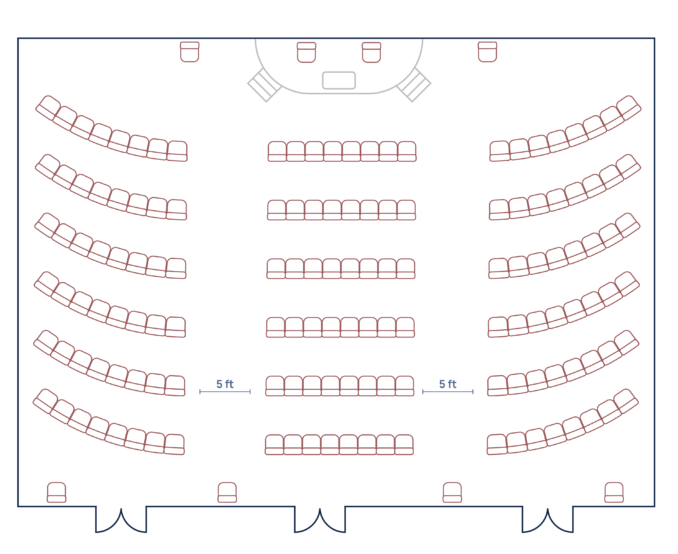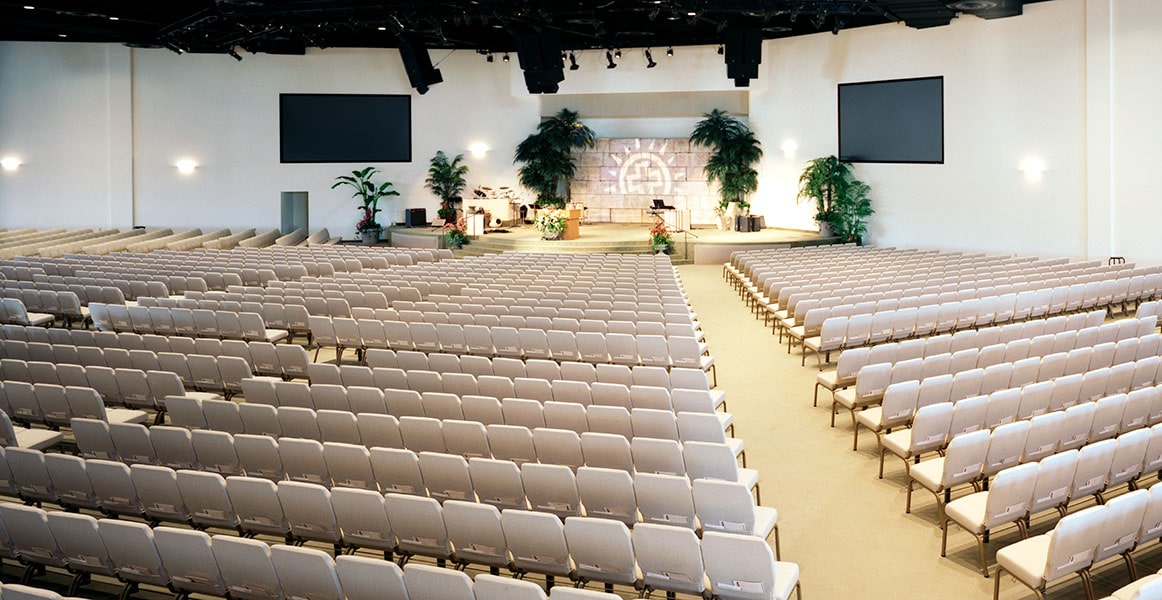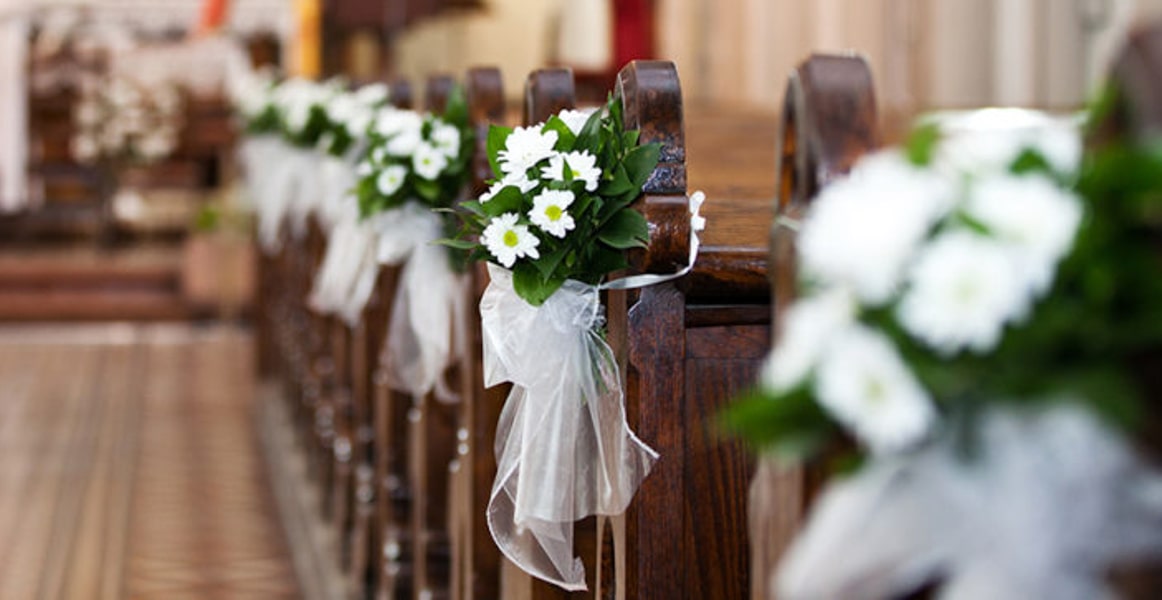When selecting chairs for your church, it’s important to ensure you get the best chairs for your budget to suit your needs on both an aesthetic and functional level. Whether you’re designing a new church to build from the ground up or remodeling an existing space, start by calculating the church seating capacity of your facility.
1. Consider safety and comfort

Although you might be able to safely put 20 chairs in a row, that doesn’t mean it would be comfortable for people to sit that close together. It can be tempting to try to fit as many people as possible into your space, but overcrowding can negatively affect your members. It can limit access for members with disabilities and diminish the comfort level of those attending. Fire codes limit the number of people who can be in a room at once. Check the fire codes in your state for specific local guidelines.
Believe it or not, comfort is one of the most important things to keep in mind when thinking about church design because that will directly impact how people feel about coming to church and inviting people to join them.
2. Calculate maximum capacity
It is best to adhere to ICC’s International Building Code when thinking about the maximum number of people who can occupy a space. You can reference the ICC website to find a breakdown of specific safety references by state.
When you are envisioning the worship or fellowship space, use these dimensions only to determine safety while keeping in mind that comfort is key. The required dimensions should not dictate what the space should look like. In other words, if you are at 100% capacity, then you are too full. You should always aim for around one-fourth of the space to be clear.
3. Determine seating capacity
If the minimum amount of space is seven square feet per person, then you should expect to accommodate around twice the minimum. Plan to have 10 to 20 square feet per person, depending on the size of your space. Assuming your church is not aspiring to reach a capacity beyond 300 or so, you can anticipate accommodating about 1 person per 15 square feet. Remember that this just applies to the worship area, and not lobbies or standing areas, where you might be able to squeeze in a bit more.

Remember to account for the aisles, which should be at least five feet in width. If you have multiple aisles in your church, the main aisle should aspire to this width, if not more.
Once you have divided the square footage of your space by the square footage per person (which applies to the entirety of the worship space except for the altar space), you should have a clear idea of how many seats you need.
4. Consider using chairs instead of pews
Chairs allow you to delineate the seating capacity of your space more easily, since one chair will always accommodate only one person while pews vary wildly. Additionally, chairs take up less space so you can fit more people into your church. Finally, chairs give you flexibility since you can easily rearrange the space and change up seating for services and events.
5. Take storage space into account
If you plan to clear out the room sometimes for events, small groups, or periodic cleaning, make sure you have designated storage space. Make sure you purchase chairs and carts that are easy to move and store. This will save you a lot of frustration in the future! Purchase chairs that stack easily without causing damage to the frame or cushions. Purchase carts that enable you to efficiently stack chairs so the cart will fit through doorways.
Are you looking for new church chairs for your remodel?
Your dedicated sales representative is just a phone call away!



